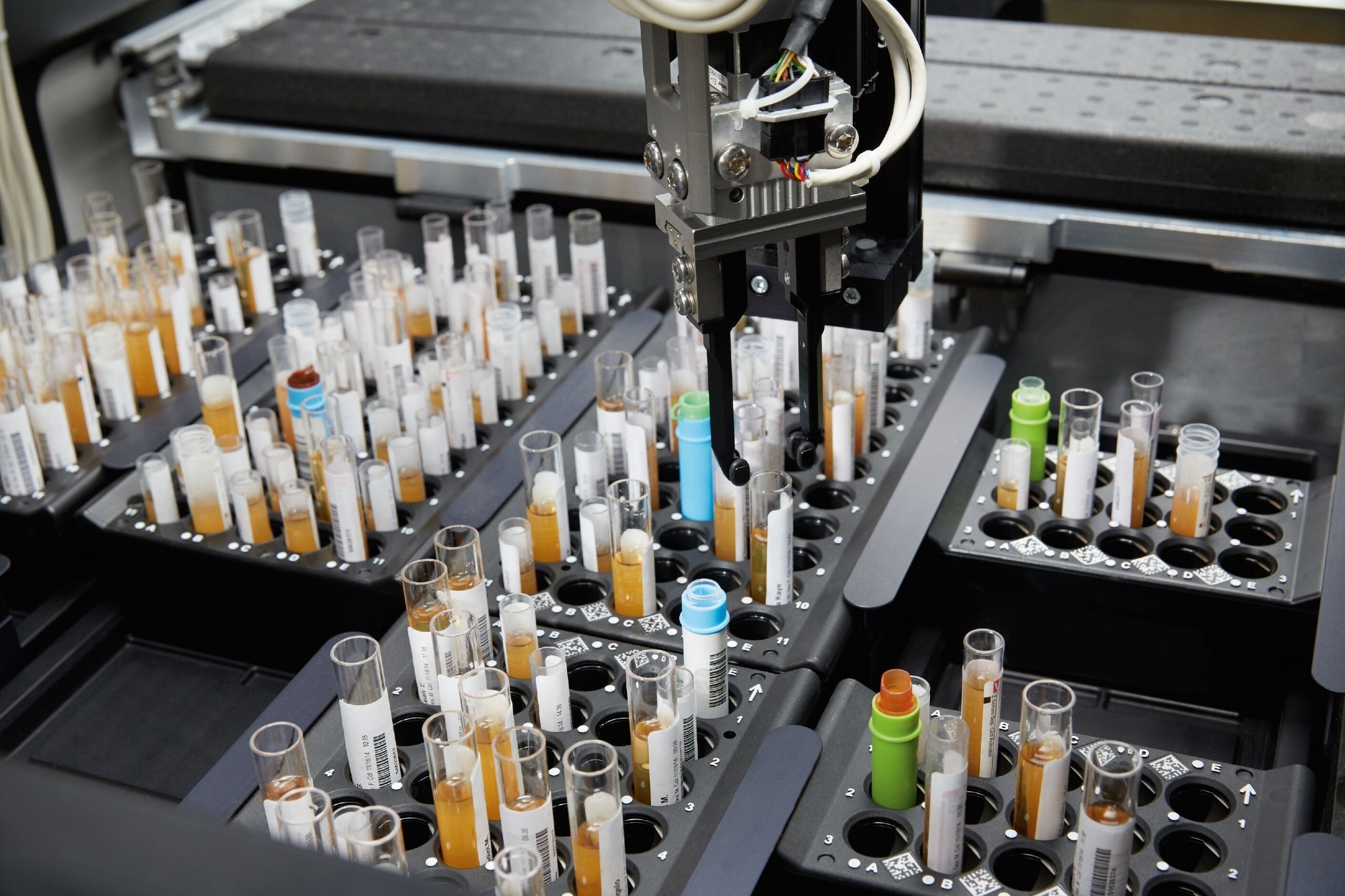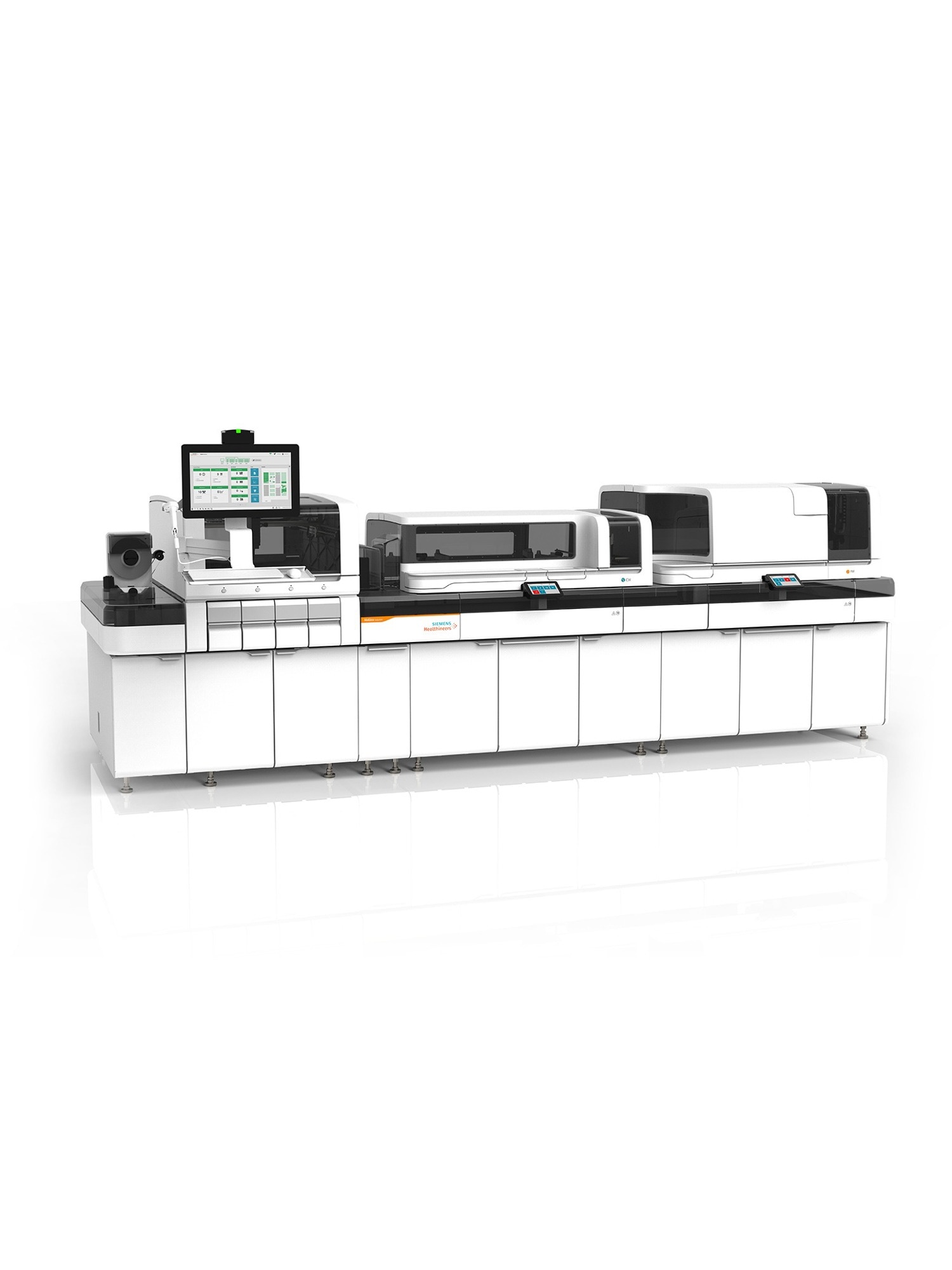In this interview, News Med talks to Lisa Cratty about the unpredictable lab environment and engineering predictability.
What challenges are faced in modern laboratory settings?
Labs are dealing with staffing crises and ever-increasing workloads. The average lab can have unpredictable or irregular sample workloads and constant demands from busy ERs and ICUs, including traumas, strokes, transplants, DIC, and sepsis cases.
Labs need increased quality measures: reducing errors throughout the testing process, handling specimen abnormalities, analyzing QC failures, and managing assay concordance across systems and sites. In addition to staffing and training issues, dealing with burn-out, call-outs, scheduling mishaps, and workplace injuries, labs also exist in a complex regulatory environment where inspections are to be expected, but always a surprise.

Image Credit: Siemens Healthineers Diagnostics
Can you provide specific examples of how Siemens Healthineers incorporates customer input and instrument data to enhance predictability and improve performance in the Atellica Solution Portfolio for healthcare operations?
Reducing variability in performance and patient care outcomes is a critical metric in assessing healthcare operations. Many laboratories and clinical departments struggle to show improvement in these metrics, which has served as our focal point in working on engineering solutions that help achieve predictability. The Atellica Solution Portfolio was designed with our customers' input, reflecting their needs now while also planning for the future.
Siemens Healthineers engineers predictability into the system in ways that matter to the customer. It integrates customer input to shape our solutions, including scalable architecture, clinical performance, streamlined workflow, a flexible footprint, and continuous/on-the-fly operations.
Along with design decisions, we use instrument data to understand how customers use our systems. This covers various variables, including tube density, test density, and throughput, to assess performance and guide our design decisions. Specifically, for Atellica Solution, the instrument data has informed a continuous improvement and innovation roadmap.
How do you prove that the instrument is predictable?
Predictability begins with Siemens Healthineers' data and data models and is proven through robust testing in its labs and customers' hands. The company's instruments provide millions of data points, including test results, error messaging, and utilization rates. This data helps to understand, and, ultimately, predict the “behavior” of products.
Siemens Healthineers monitors thousands of Atellica Solution analyzers that remotely “transmit” data, including error codes, test volumes, usage habits, and uptime. It uses instrument and service data to look at predictive, rather than reactive, service, continually monitoring performance and making adjustments. The Atellica Solution data is integral to the company's development process today. It looks at usage patterns to do what it calls “run like customer” testing, a practice conducted on top of its rigorous verification testing, which is foundational for the Atellica CI Analyzer development.
We leverage controlled rollouts with key customers to understand not just reliability, but predictability. This practice allowed Siemens Healthineers to capture real-world feedback at scale, highlighting how to make critical improvements where needed. The company continues to adapt its test protocol to fully capture and reflect system performance against customer expectations and needs.

Image Credit: Siemens Healthineers Diagnostics
Why is the Atellica CI Analyzer tracking so successful in terms of predictability?
When Siemens Healthineers set out to design the Atellica CI Analyzer, it planned to build from the innovative Atellica Solution, using direct customer response data to inform how to improve in critical areas identified by its customers. Simplified reporting, guided workflows within the new UI for an improved user experience, and intelligent sample aspiration to expedite throughput are all designed to help make the user’s day better, more predictable, and more secure.
The Atellica CI Analyzer uses the same technology, reagents, consumables, and intelligent software as the company's flagship Atellica Solution, standardizing inventory and workflows and ensuring clinical equivalence across the care network. The enhancements made to the Atellica CI Analyzer were successfully incorporated into the Atellica Solution, resulting in a system that boasts improved usability, greater predictability, and a seamless experience throughout the network.

Image Credit: Siemens Healthineers Diagnostics
How do you define success through predictability?
Predictability is maintained through shared components and consumables. This is achieved by looking at customer usage patterns and testing against those. Whether this is a true reuse of a component, shared technology, or – as the company has done with the Atellica Solution and Atellica CI Analyzer – we modify technologies and designs and share them between platforms.
Test results will be the same no matter which product is used to allow for the sharing of consumables across the portfolio. For example, if you have an Atellica Solution, you will achieve the same excellent clinical outcomes no matter which system you use in the Atellica Portfolio family. Labs in a healthcare network need more than just shared consumables and technology. They require workflow, workforce, and workload agility. The Atellica Solution Portfolio of solutions has built-in optionality to keep pace with changing operational and clinical demands, truly empowering users to be agile, finding success through predictable performance and throughput.
About Lisa Cratty
Lisa has a master’s degree in System Design & Management (Massachusetts Institute of Technology) as well as bachelor’s degrees in Mechanical Engineering (Michigan State University) and Economics & Management (Albion College). Lisa joined Siemens Healthineers (SHS) in 2020 as the SVP, Head of Product Engineering for the Laboratory Diagnostics (LD) business line. In February 2023, she assumed responsibility for the full Core Lab Solutions R&D engineering team. In this role, she has responsibility for the development, delivery and commercial product support for a wide range of lab instruments and analyzers.
About Siemens Healthineers
Siemens Healthineers develops innovations that support better patient outcomes with greater efficiencies, giving providers the confidence they need to meet the clinical, operational and financial challenges of a changing healthcare landscape. As a global leader in medical imaging, laboratory diagnostics, and healthcare information technology, we have a keen understanding of the entire patient care continuum—from prevention and early detection to diagnosis and treatment.